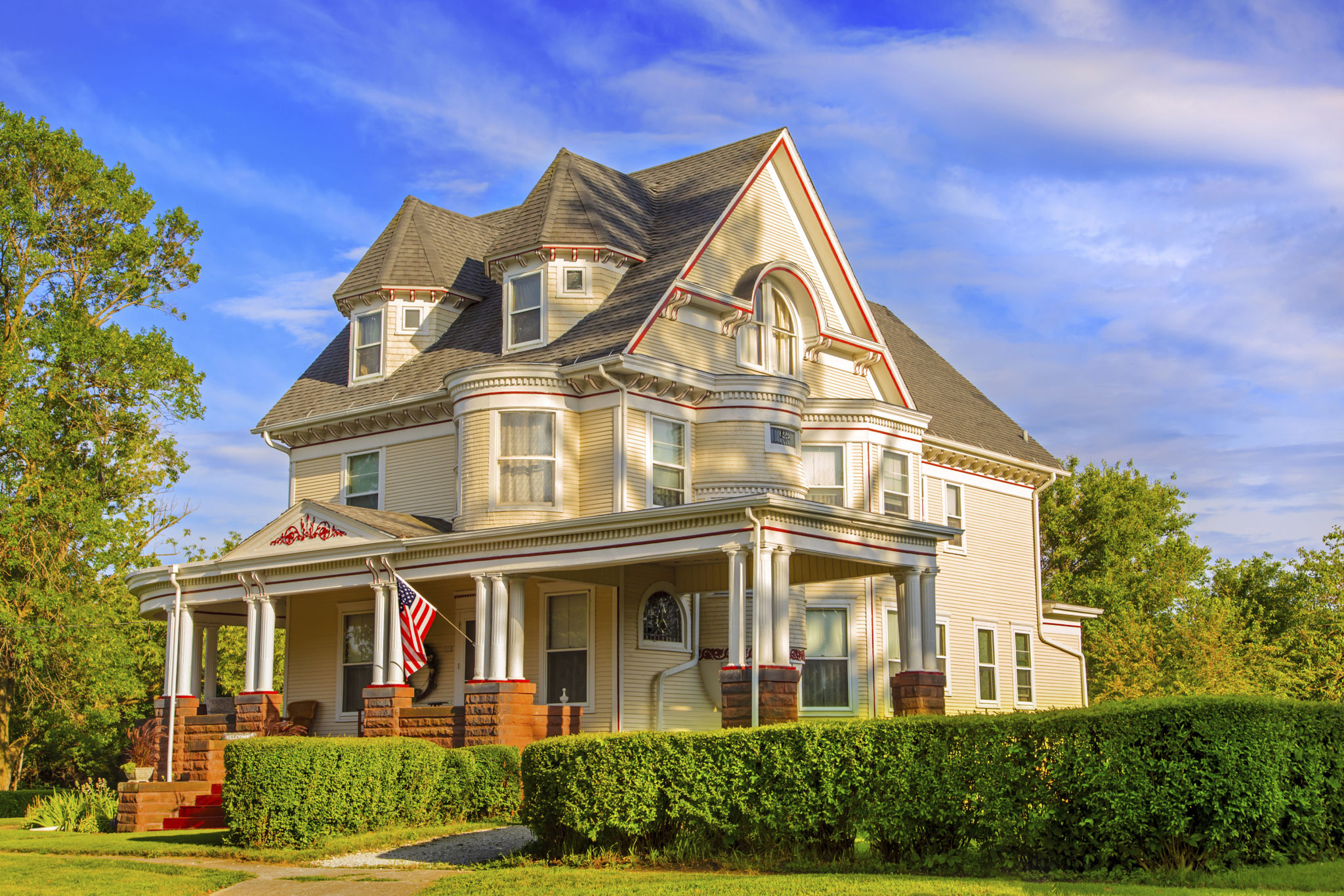Case Study: Transforming a Historic Williamsburg Home with Modern Renovation Techniques
AG
Introduction to the Renovation Project
In the heart of Williamsburg, a charming historic home stood as a testament to the architectural brilliance of a bygone era. However, like many historic homes, it required significant updates to meet modern standards of comfort and efficiency. This case study explores how a blend of traditional aesthetics and modern renovation techniques transformed this historic gem into a contemporary haven.

The Challenges of Historic Home Renovation
Renovating a historic home presents unique challenges. These properties often have structural issues, outdated electrical systems, and inefficient layouts that do not cater to today's lifestyle needs. The primary challenge was to introduce modern amenities without compromising the home's historic integrity.
Additionally, any renovation had to comply with local regulations and guidelines for historic properties, ensuring that changes respected the architectural heritage of the area. This required careful planning and collaboration with preservation experts.
Preserving Character While Embracing Modernity
The renovation team approached the project with a deep respect for the home's original character. Key architectural features such as exposed wooden beams, intricate moldings, and original brickwork were meticulously preserved and restored. These elements provided a rich tapestry against which modern enhancements were introduced.

Modern materials and techniques were employed to enhance the home's comfort and functionality. Energy-efficient windows were installed to maximize natural light while maintaining insulation. The kitchen and bathrooms were completely overhauled with state-of-the-art appliances and fixtures, seamlessly blending old-world charm with contemporary convenience.
Innovative Techniques in Action
One standout feature of this renovation was the use of smart home technology. Integrated systems for lighting, heating, and security were discreetly installed, offering homeowners seamless control over their environment without disrupting the home's historic ambiance.
The design team utilized 3D modeling software to visualize changes before implementation, ensuring that every decision aligned with both aesthetic and functional goals. This technology facilitated smooth communication between the architects, contractors, and homeowners, streamlining the renovation process.

Environmental Considerations
Sustainability was a core focus of the renovation, echoing the growing trend towards eco-friendly living. Reclaimed materials were used wherever possible, reducing waste and preserving resources. The installation of solar panels provided an environmentally conscious energy solution, significantly reducing the home's carbon footprint.
Landscaping around the property was designed to complement the home's historic charm while promoting biodiversity. Native plants were chosen to enhance curb appeal and support local wildlife.
Conclusion: A Harmonious Blend of Past and Present
The transformation of this Williamsburg home is a testament to what can be achieved when traditional craftsmanship meets modern innovation. By preserving its historic soul while infusing it with contemporary comforts, the renovation not only enhanced the property's value but also enriched its story.
This case study demonstrates that with thoughtful planning and execution, it is possible to breathe new life into historic homes, ensuring they remain cherished parts of our architectural heritage for generations to come.
